Last updated on January 30th, 2023 at 05:03 am
Throughout human history, there have been many dark and difficult times that have tested the resilience of our species. From devastating wars and pandemics to natural disasters and economic crises, some periods have been particularly challenging for those who lived through them.
Let’s look at ten of the most terrible years to be alive, examining the events, causes, and lasting effects of each.
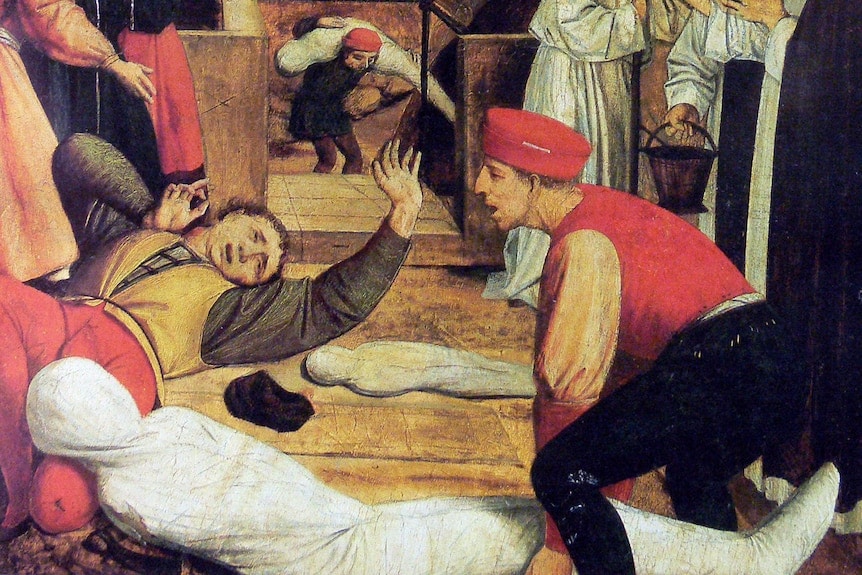
1346 – The Bubonic Plage
The number one year on our list is 1346, when the bubonic plague began its rampage across Europe. This devastating disease ended the lives of 75-200 million people or 30-50% of Europe’s population.
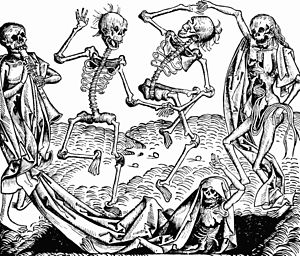
Some of the symptoms included the likes of fever, chills, vomiting, diarrhea, and of course, the telltale buboes – or swellings in the lymph nodes.
Overall, the mortality rate was around 50%. It was an excruciating way to go, and people were often buried alive because they were too sick to move. Needless to say, it was a pretty terrible year to be alive.
1918 – War and Spanish Flu
The year 1918 was a terrible one for several reasons. First off, it was the last year of World War I – a war that took the lives of an estimated 16 million people. But if that wasn’t enough, 1918 also saw the outbreak of the Spanish Flu pandemic.
This deadly flu strain ended 50-100 million lives, totaling around 500 million cases, making it one of the worst pandemics in human history.
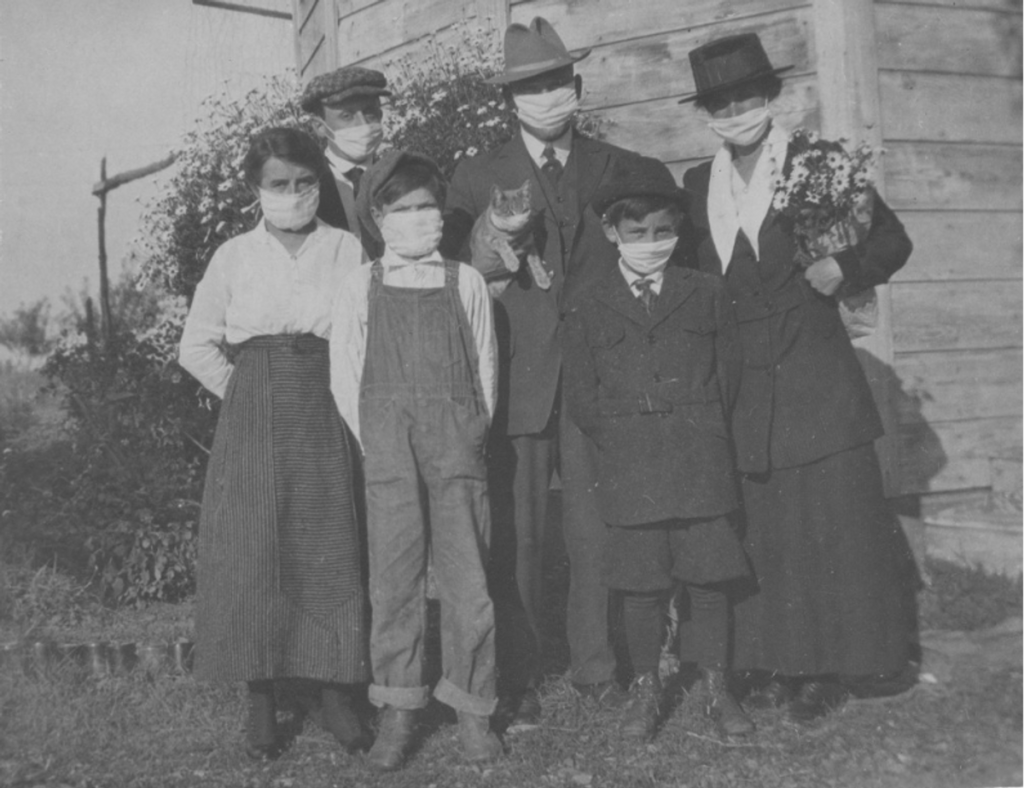
If you were to live this year, you would have seen the world plunged into darkness and despair. Many people you would have known and loved would have perished, and the world as you knew it would have been forever changed.
It was truly a horrific time to be alive.
1945 – End of the War
1945 was another tough year, as it saw the end of World War II. This global conflict took the lives of 60-80 million people, which is more than any other war in human history.
But that’s not all – 1945 also saw the atomic bombings of Hiroshima and Nagasaki, which wiped out 210,000 people.
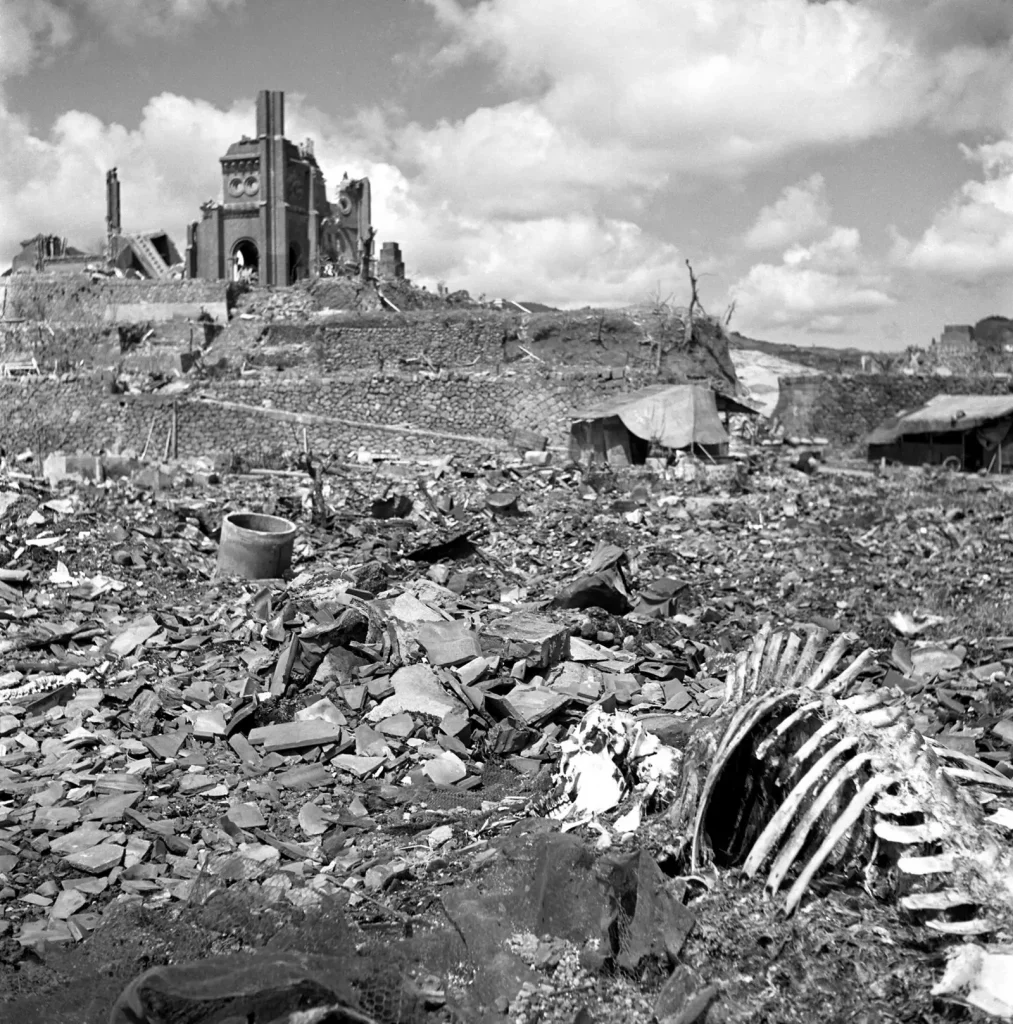
Of course, the effects wouldn’t have lasted just one year for the people in these countries, but the long-term health effects and social issues continued for years.
For example, many people suffered from radiation poisoning in Hiroshima, while in Nagasaki, many people were left to suffer from severe burns.
Even if you weren’t living in Japan during the time or affected by the war on your doorstep, you would have still lived in a time of fear and uncertainty.
1945 was also a year of famine worldwide as the war severely disrupted food production and distribution. This led to millions of people succumbing to starvation and disease and displaced millions.
So, all in all, it was a pretty tough year to be alive.
536 – Massive Volcanic Eruptions
The year 536 was particularly tough, especially for the Eastern Roman Empire. At the time, the human race was going through something called the Late Antique Little Ice Age – a period of cooling that lasted from around 450-700 AD.
This caused many problems, including crop failures, famine, and disease.
But the main event in 536 was a massive volcanic eruption in Iceland.
This eruption was so big that it blanketed Europe in a thick layer of ash, which caused the sun to be obscured for almost a whole year. This led to widespread famine, as crops failed and people were left starving.
The effects of this event lasted for years, and it’s estimated that around a quarter of the Northern Hemisphere’s population lost their lives.
But that wasn’t all – a series of devastating barbarian invasions also hit the Roman Empire. The story goes that the Roman Emperor Justinian was so distraught by all that was happening that he had a nervous breakdown and passed away shortly after.
When you combine all these events, it’s no wonder this was considered one of the worst years to be alive in human history.
1816 – The Year Without a Summer
1816, also known as “The Year Without a Summer,” was tough for many parts of the world. A volcanic eruption in Indonesia led to widespread climate disruptions, resulting in failed harvests and widespread famine.
An estimated 200,000 people lost their lives due to the conditions in 1816.
This was an ice age in the sense that the entire world was covered in snow. Scientifically, this was because of the ash and dust thrown into the atmosphere, which reflected sunlight and caused global temperatures to plummet.
In Europe, the winter of 1816 was so bad that snow fell in August, and people were reported to freeze. New England was hit particularly hard in America, with many crops failing.
1630-31 – More Plague and Famine
The years 1630-31 were particularly bad for the city of Rome. A severe drought led to widespread famine, taking the lives of an estimated 100,000 people. But that wasn’t all – the city was also hit by a major outbreak of the bubonic plague, which took the lives of an additional 20,000 people.
On top of all that, the city was also hit by a series of devastating earthquakes, which caused even more destruction.
So basically, being alive in Rome was just a tough time.
And since the Bubonic plague was simultaneously sweeping the world, it probably wasn’t going to be a good time wherever you lived.
1929 – The Great Depression
The year 1929 was a tough one for many people around the world. While a lot of the years we’ve covered so far have focused on events like famine, war, and natural disasters, this hasn’t always been the case when it comes to the worst years ever, and some events are certainly from human origins.
In this case, we’re talking about the Great Depression.
It all started when the stock market crashed, which led to widespread financial panic.
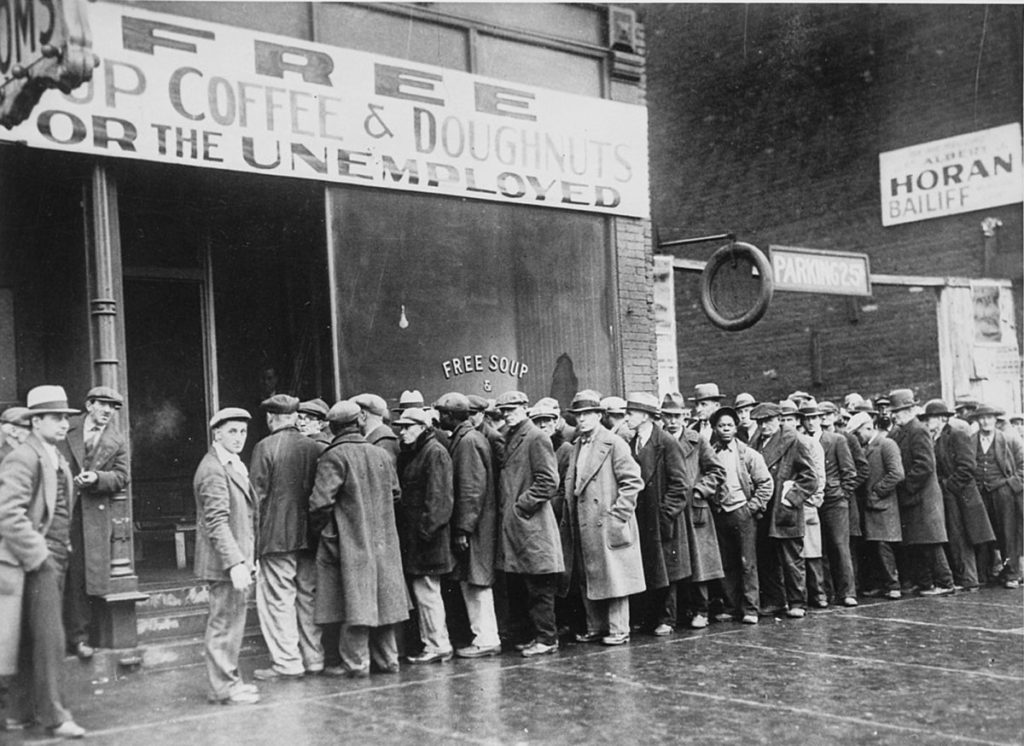
This caused a domino effect, leading to bank failures and economic hardship. Millions of people lost their jobs, and many more were left homeless. The Great Depression lasted for years and was tough for everyone involved.
Things got so bad that this global economic crisis led to widespread poverty, hunger, and unemployment.
Because of what was happening, more people took their own lives, and because people weren’t eating or drinking or looking after themselves properly, many developed health conditions like scurvy.
It took many years to recover from this economic disaster, and the world is still feeling its effects today.
1520 – Carrying Diseases
The years after Columbus arrived in North America were devastating. However, the years 1520-1521 were particularly tough for the continent. A severe drought led to widespread famine, taking the lives of seven million people.
On top of that, the diseases that the Europeans brought with them weren’t native to The Americas, so the natives didn’t have any genetic immunity. So, it was deadly when diseases like smallpox and measles started to spread.
Even today, there are tribes and communities of people who live in remote places that modern humans are not allowed to go and visit for this same reason.
But, of course, we’re aware that this is the case and can do something about it. Back then, nobody knew what was going on, so it was a tough time to be alive.
73,000 BC – The Toba Catastrophe
We’ve spoken a lot about modern history here, so let’s do a fun little throwback, although it’s not particularly fun, nor particularly little. Seventy-five thousand years ago, an event came to be known as the Toba Catastrophe.
This was a supervolcanic eruption that created a massive cloud of ash that covered the entire planet. This led to widespread famine and disease, reducing the human population by 60 – 90%.
Yes, you read that right. Up to 90%.
Scientists have estimated that the event meant that only as little as 3,000 to 10,000 human beings were left, and when you consider that animal populations have to drop to 2,500 to be considered endangered, there was a time when our species got very close to that mark.
You may wonder how scientists could even figure out this was possible.
Well, they looked at the Toba ash deposits that were found all over the world, and they also looked at the genetic diversity of people living today.
They compared this to what would be expected if there was no bottleneck in human history and found a significant difference between the two.
This means that we likely came very close to extinction at one point.
1783 – The Laki Eruption
In 1783 the Laki Volcano erupted. Sure, volcanoes worldwide erupt all the time, some big, some small, but the Laki Volcano was different.
Laki can be found in Iceland, and when it erupted, it released a huge amount of poisonous gas into the atmosphere.
This was a particularly big eruption, and it released around 120 million tons of sulfur dioxide into the atmosphere. This profoundly affected the global climate, cooling the Earth by an estimated 0.52 degrees Celsius.
The eruption caused widespread crop failure, leading to famine. It’s thought that this event was one of the contributing factors to the French Revolution.
This was because, at the time, France was going through a period of drought, and so when the Laki Volcano erupted and caused global cooling, it made the drought even worse.
This led to widespread poverty and hunger, leading to unrest and, eventually, revolution.
This is quite astounding to think that one event could have such a profound effect on human history.
So, there you have it. These are the ten worst years to be alive in human history. From nuclear devastation to the economic crisis, from volcanic eruptions to devastating plagues, it’s safe to say that these were some tough times for our species.

